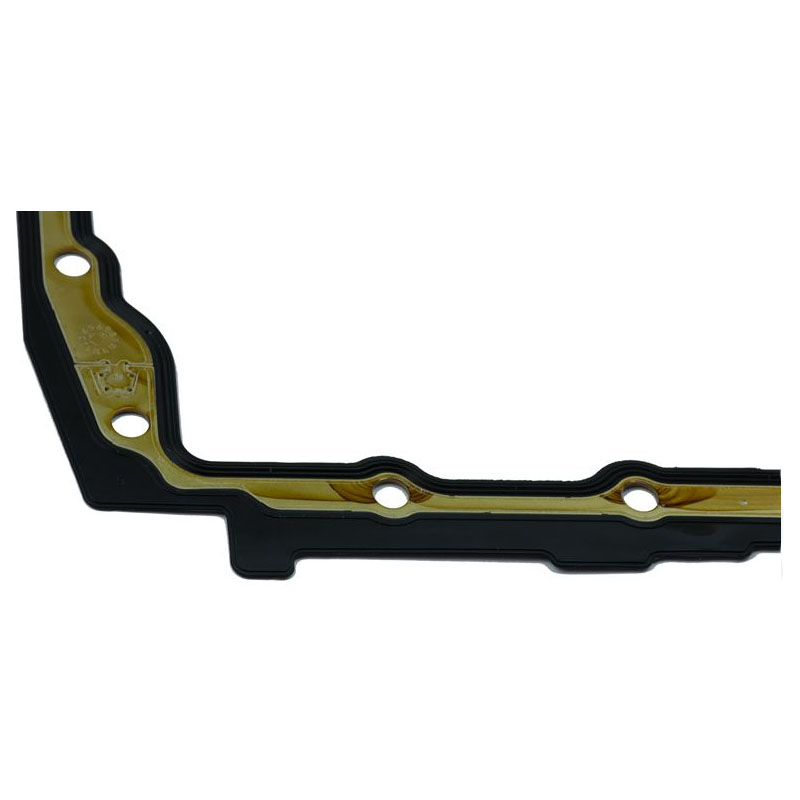Analyzing O-Ring Costs and Their Impact on Industrial Applications
Understanding O-Ring Costs Factors and Implications
O-rings are essential components in various industries, serving as seals to prevent the leakage of fluids and gases in mechanical assemblies. Their simplicity in design belies the complexity involved in their production and application. Understanding the costs associated with O-rings is crucial for manufacturers, engineers, and procurement professionals alike. This article delves into the factors influencing O-ring costs and their implications for businesses.
Material Selection
One of the primary factors affecting O-ring costs is the choice of material. O-rings can be made from a variety of substances, including rubber, silicone, neoprene, and fluorinated elastomers. Each material comes with its own set of properties, including temperature tolerance, chemical resistance, and durability. For instance, while nitrile rubber is often used for applications involving oils and fuels, Viton (a brand name for a type of fluorocarbon elastomer) offers superior resistance to high temperatures and harsh chemicals. The cost increases with the quality and specific properties of the material chosen, making material selection a significant cost driver.
Size and Specification
O-rings come in various sizes and specifications, which also impact their cost. Standard sizes typically cost less due to economies of scale in production. In contrast, custom or non-standard sizes often require specialized manufacturing processes, increasing costs. It's essential for engineers to calculate the optimal size while considering the application requirements to avoid unnecessary expenses.
Manufacturing Processes
The manufacturing process of O-rings further contributes to cost variability. O-rings can be produced through different methods such as extrusion, molding, or machining, depending on the design and material. Each method has its own cost structure; for example, injection molding offers high efficiency and low unit costs for large batches, while machining may be more suitable for small, custom orders but can be significantly more expensive. Additionally, factors such as tooling costs, setup times, and production volumes play a critical role in determining the final cost of O-ring production.
Quality Control
o ring cost

Quality assurance is another cost factor that cannot be overlooked. O-rings must meet stringent quality standards to ensure they perform effectively in demanding applications. This involves rigorous testing for dimensions, material properties, and performance under various conditions. The investment in quality control measures can raise initial costs, but it is often justified by the reduction in failures and long-term savings from avoiding costly repairs or replacements.
Market Dynamics
The price of raw materials is subject to fluctuations, which can directly affect O-ring costs. Global supply chain issues, geopolitical events, and changes in demand for specific materials can lead to price volatility. Manufacturers must stay aware of these market dynamics to adjust pricing and procurement strategies accordingly.
Logistics and Delivery
Logistics also plays a critical role in the overall cost of O-rings. Transportation costs can vary significantly based on the source of raw materials and the location of the manufacturing facility. Companies may incur additional costs if they require expedited shipping of O-rings for urgent projects. Therefore, integrating logistics planning into the procurement process can lead to significant cost savings.
Long-term Considerations
While initial O-ring costs are a primary concern, businesses should also consider the long-term implications of their choices. Investing in high-quality O-rings may lead to lower failure rates, reduced downtime, and improved operational efficiency. Ultimately, choosing the right O-ring for the application can enhance reliability and performance, justifying potentially higher upfront costs.
Conclusion
In summary, the cost of O-rings is influenced by a myriad of factors including material selection, size specifications, manufacturing processes, quality assurance, market dynamics, and logistics. Understanding these elements is crucial for businesses involved in the design and production of O-rings. By carefully considering these factors, organizations can make informed decisions that balance upfront costs with long-term benefits, ensuring that their systems operate efficiently and reliably.
-
The Ultimate Guide to Boat Propeller Bearings and Trailer Wheel Bearings
News Jul.31,2025
-
The Essential Guide to Marine Bearings and Boat Trailer Wheel Bearings
News Jul.31,2025
-
The Complete Guide to Heavy Duty Seals: Protecting Doors and Spaces Efficiently
News Jul.31,2025
-
Essential Guide to Marine Shaft Bearings and Boat Trailer Axle Bearings
News Jul.31,2025
-
Comprehensive Guide to Marine and Trailer Bearings for Safe Boating and Transport
News Jul.31,2025
-
Comprehensive Guide to Automotive Oil Seals: Protecting Your Engine and Shafts
News Jul.31,2025
-
Understanding Automotive Oil Seals: Essential Components for Engine and Shaft Protection
News Jul.30,2025
Products categories















